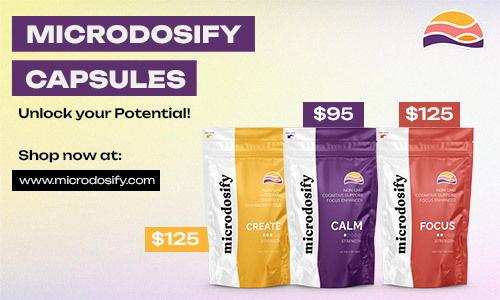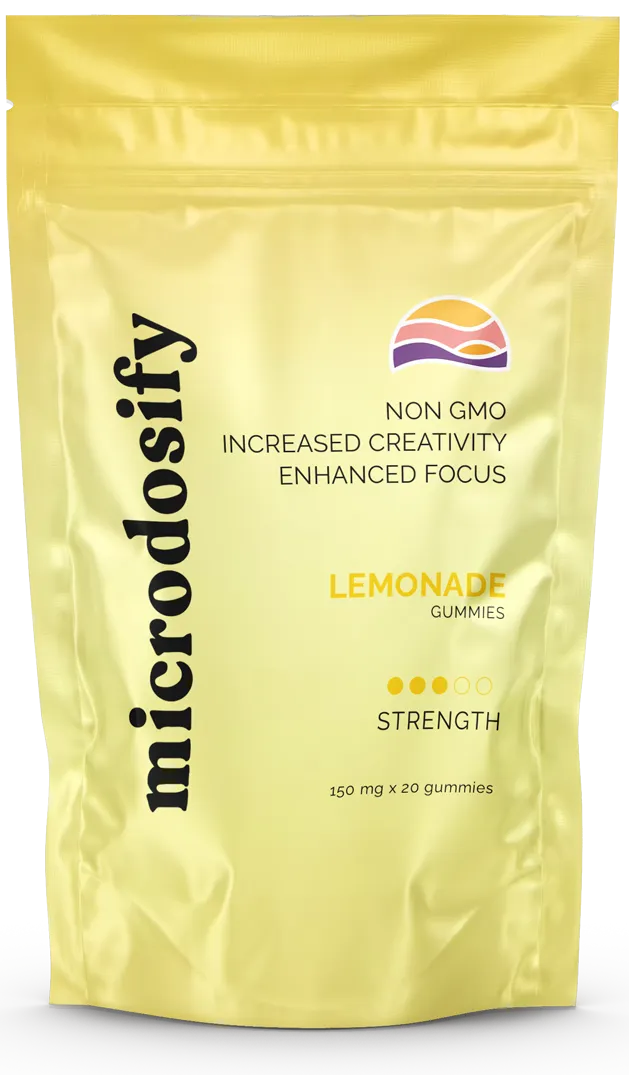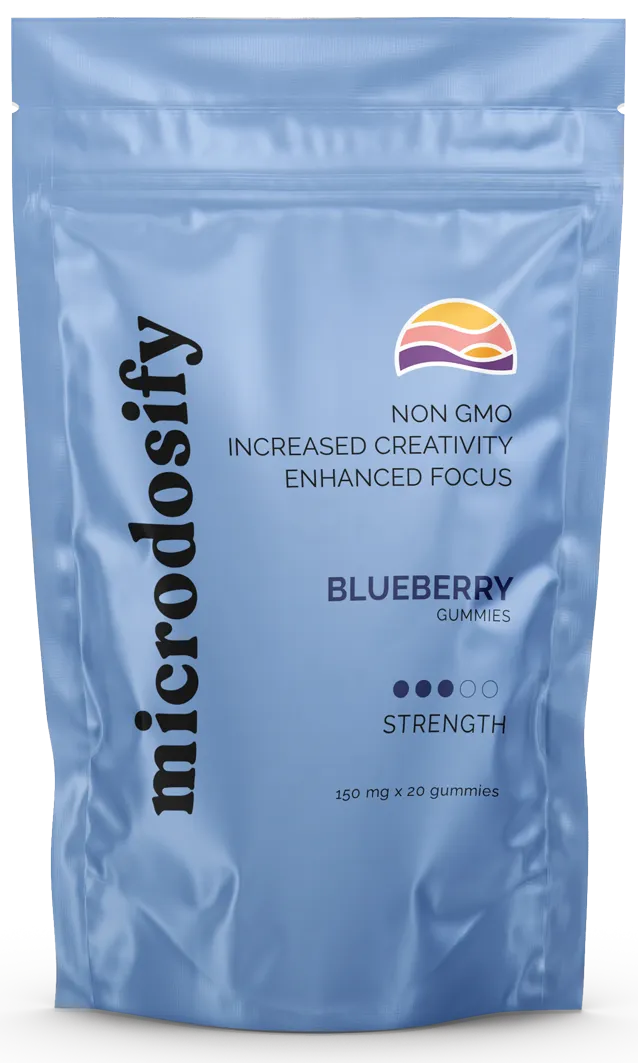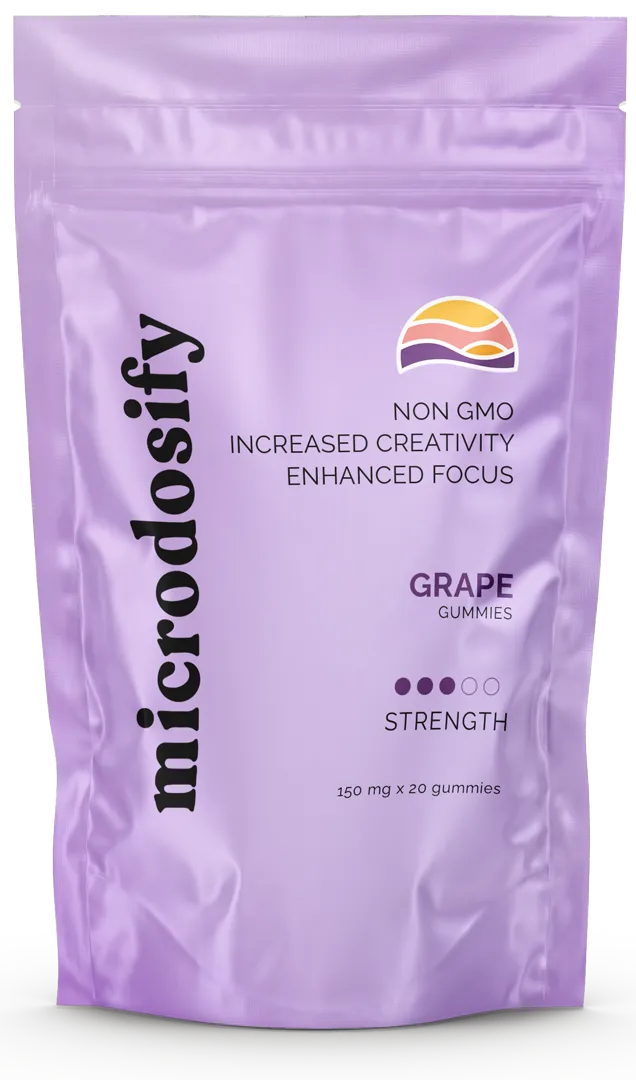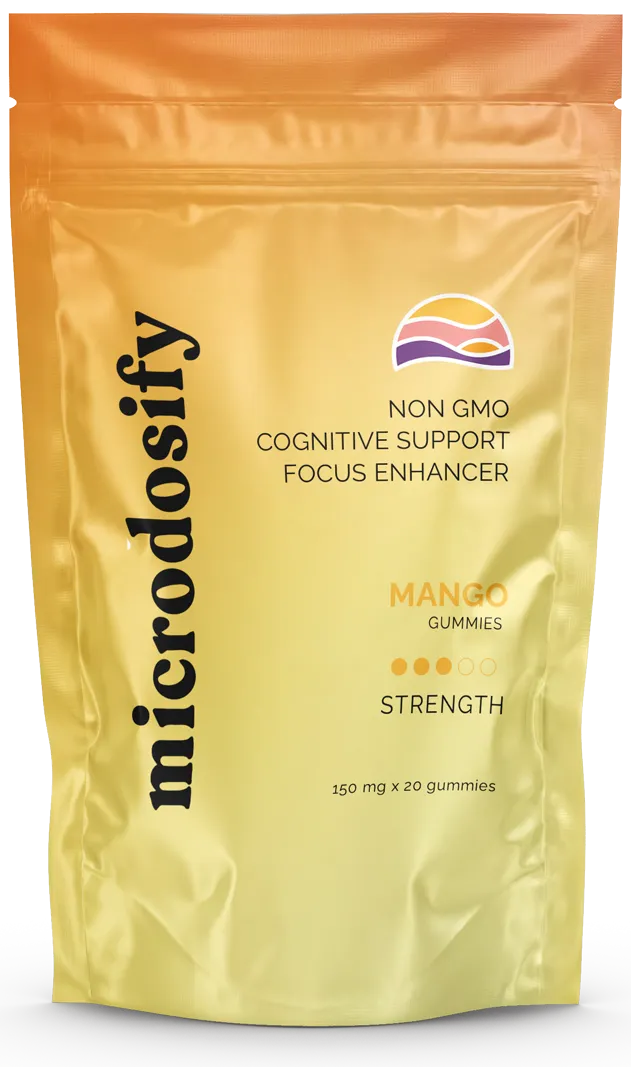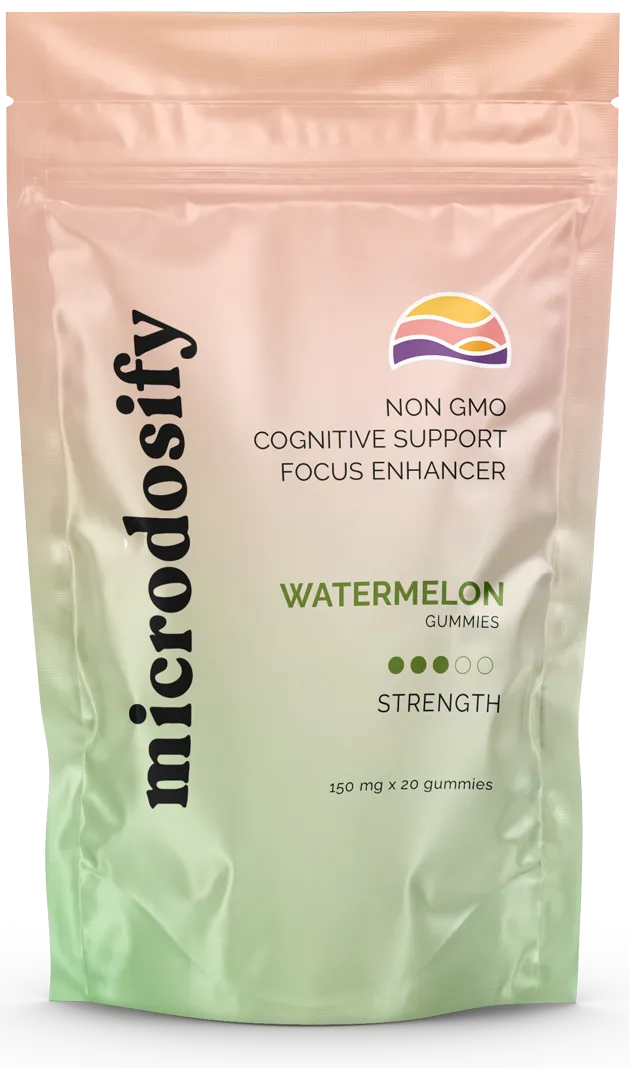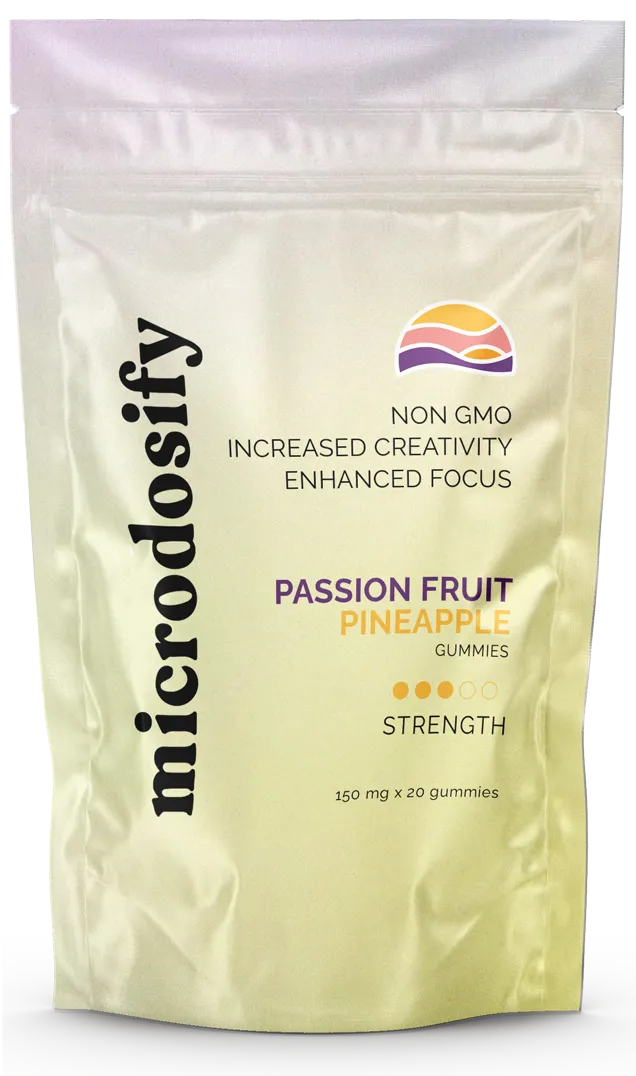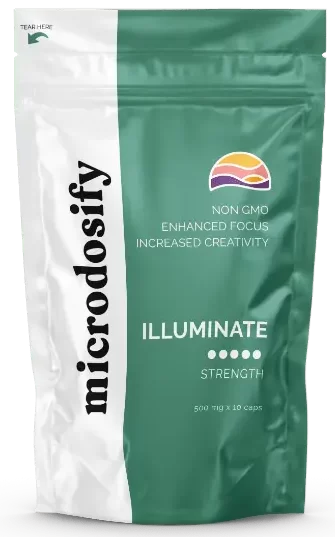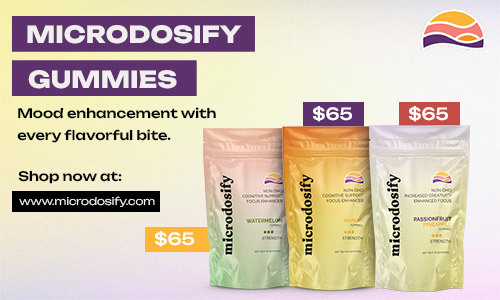Can Microdosing Psilocybin Mushrooms Increase Creativity?
Yes, microdosing with psilocybin mushrooms may increase creativity, according to a study conducted by Luisa Prochazkova and published in the Psychopharmacology journal in 2018. The first-of-its-kind study suggests that low doses of psilocybin-containing truffles supported divergent and convergent thinking improvements. Since then, more recent studies have continued to unravel psilocybin’s potential for supporting creativity.
In this article, we will discuss the impact of psilocybin mushrooms on creativity, research on psilocybin and cognitive development, and the potential benefits of psilocybin for artists and innovators.
How Psilocybin Mushrooms May Improve Creativity
It is thought that psilocybin may enhance creativity by stimulating both divergent and convergent thinking. Divergent thinking describes one’s ability to generate multiple, unique solutions to a problem. It is often characterized by open-mindedness and being fluid in thought. Convergent thinking, on the other hand, describes one’s ability to land on a single, most appropriate solution to a problem.
Both forms of thinking are associated with creativity in that divergent thinking can be considered as lighting a spark, whereas convergent thinking helps refine and evaluate the many ideas or solutions that a spark creates. Scientists exploring psilocybin’s impact on creativity have been looking at its impact on both paths of thinking.
Studies show moderate doses of psilocybin impacts divergent and convergent thinking
A 2019 study, by Natasha L. Mason et al, looked at measures of creative thinking and empathy on participants at various time markers after attending a psilocybin truffles retreat. This study showed that one day after the retreat, participants had measured increases in divergent thinking and emotional empathy, while markers for convergent thinking remained elevated seven days after the retreat.
A second study published in 2021 by Mason et al. titled “Spontaneous and deliberate cognitive processes during and after psilocybin exposure,” found that psilocybin impacts both divergent and convergent thinking in a time-dependent manner. Results showed that measures of divergent and convergent thinking actually decreased during the acute psychedelic experience, but increased in the days and week following the experience.
In both of these studies, the doses of psilocybin used were larger than a microdose but smaller than what is typically used in a therapeutic setting.
Microdosing vs. Macrodosing Impact on Creativity
Microdosing and macrodosing may have different short—and long-term impacts on creativity. It is suggested that in the short term, microdosing may be more beneficial for markers of creativity such as convergent and divergent thinking. In higher doses, there may be short-term decreases in creativity (while under the influence of mushrooms), with a positive impact happening days or weeks after a high-dose experience.
In 2023, Justin N Bonnieux et al. published a review of 42 studies on psilocybin and creativity titled “Psilocybin’s effects on cognition and creativity: A scoping review.”
From their extensive review, researchers concluded that while current research suggests that macrodosing (or higher doses) of psilocybin decreased cognitive performance and creativity while under the direct effect of psilocybin, the opposite has been shown for microdosing: “Interestingly, findings from microdosing studies suggest acute creative enhancement.”
This was illustrated in a study by Luisa Prochazkova et al titled “Exploring the effect of microdosing psychedelics on creativity in an open-label natural setting.”
In this study, participants were given a microdose of psilocybin-containing truffles during a conference in the Netherlands, where magic truffles are legal. The participants then participated in three different tasks designed to measure markers of creativity.
The researchers concluded, “Taken together, our results suggest that consuming a microdose of truffles allowed participants to create more out-of-the-box alternative solutions for a problem, thus providing preliminary support for the assumption that microdosing improves divergent thinking. Moreover, we also observed an improvement of convergent thinking, that is, increased performance on a task that requires the convergence on one single correct or best solution.”
The thought is that the reason microdosing boosts creativity, unlike higher doses, might be linked to dopamine’s unique role. Picture dopamine’s effects on motivation and focus as an inverted U: just the right amount and you’re riding the crest of heightened creativity and sharpness, but too much and you’re thinking becomes impaired. This sweet spot is what microdosing hits, explaining why psilocybin’s impact on creativity may be tied to the dose.
Related: See our mushroom dosing guide here
Personal Experiences & Anecdotal Evidence

The microdosing subreddit is an incredibly active community with 267K microdosers worldwide sharing their personal microdosing experiences. In 2019, Toby Lea et al published an article titled “Psychedelic Microdosing: A Subreddit Analysis”, which shared that cognitive and creative enhancement has been one of the most reported benefits amongst microdosers who have shared their anecdotal experiences in the forum.
In one thread, a user called yourmushenthusiast shares, “I’m a drummer and the microdosing hasn’t just helped me make better music, it’s helped me be more motivated to get creative in other areas of my life. Also helps with reconnecting with my inner child (huge creativity boost). Also gave me the courage to start a new band with a totally different direction altogether!”
Another user called baxtersmalls shares, “I have felt like the days after a microdose I end up writing music I like more long-term. I don’t know if it’s that I’m necessarily more creative, or just more aware of what I’m doing (and therefore it’s more obvious when an idea is better/worse than another option). Or it could just be a placebo, tbh. But there’s been a slight uptick for liking things I’ve written if they were done in the 2-3 days post microdose.”
While the stories are anecdotal, they illustrate the potential for microdosing to support creative endeavours.
Potential Benefits of psilocybin for Artists and Innovators
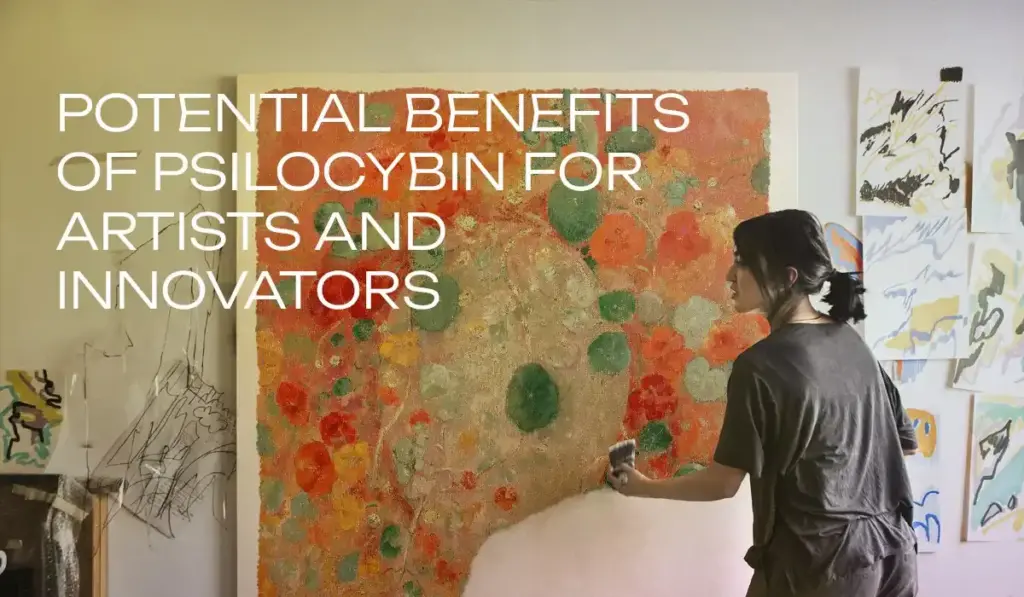
The potential benefits of psilocybin for artists and innovators include enhanced creativity, imaginative thinking, increased spontaneous creative ideas, and reduced artistic blocks.
Silicon Valley entrepreneurs and innovators have used microdosing psilocybin or other psychedelic substances to boost creative and imaginative thinking and find unique solutions and products.
Artists and Musicians who psychedelics have inspired
Since the 1950’s many artists, musicians, writers, and creatives have credited psychedelics as inspiring some of their work. This influence has been so vast that there are even genres dedicated to this influence, including psychedelic rock, psytrance, and psychedelic art.
Alex and Allyson Grey are perhaps the most well-known psychedelic-inspired artists. Alex is known for designing album covers for the band Tool and for works such as his 21-painting series Sacred Mirrors. Alex has been inspired by psychedelics most of his life, having completed a science project on LSD at the youthful age of 12. Allyson began her psychedelic creative endeavours with her first acid trip as an art student at the Boston Museum School.
Carlos Castaneda is a well-known writer who documented his experiences with shamanism in a series of publications from the 1960s to the 1970s. He is perhaps most well-known for his book, “The Teachings of Don Juan,” although its factual accuracy has been debated among scholars.
The Beatles were also famously inspired by their psychedelic experiences, and many of their songs, including “Lucy in the Sky with Diamonds” and “I Am the Walrus,” are attributed to their explorations.
In recent history, more and more artists have begun to open up about their psychedelic use and how it inspires their creations. Artists such as Harry Styles, A$AP Rocky, and Chance the Rapper have all credited some of their creativity and inspiration to their mind-altering explorations.
FAQs
What are the Creative Benefits of Psychedelics?
Psychedelics may improve creative markers of convergent and divergent thinking, although the impact may be both dose and time-dependent.
What is psychedelic art?
Psychedelic art, sometimes called “visionary art”, is a visual art style inspired by and often attempting to represent the experiences and sensations associated with psychedelic experiences. It often incorporates vibrant colours and intricate pattern.
What is psychedelic rock?
Psychedelic rock, also known as psychedelia, is a genre of rock music that emerged in the mid-1960s and was heavily influenced by the psychedelic culture of the time. It often incorporates electric guitar with heavy effects, exploration of new sounds or instruments, and introspective lyrics.
Why do artists use psychedelics?
Many artists have used psychedelics, like psilocybin, to explore altered states, experience heightened emotions and senses, and invoke spiritual and self-exploration with an intention to expand or push the boundaries of their work.
Final Thoughts
In several studies, psilocybin has been shown to increase convergent and divergent thinking. This may contribute to its reputation for inspiring the works of many artists, musicians, and creators, such as Alex and Allyson Grey, The Beatles, and, more recently, Harry Styles.
Research suggests that the creative impact of psilocybin may be dependent on both dose and time. This means that psilocybin may positively inspire creativity in real-time in smaller microdoses. However, creative boosts may not be measured in higher doses until days or weeks after an experience. More research is needed to understand the mechanisms of the impact of psychedelics, such as psilocybin mushrooms, on creativity.
Unleash the creator inside you and increase your creativity with our Create blend from Microdosify.com. Create is a unique mixture of 200 mg of golden teachers and Lion’s Mane mushroom, elevating euphoria and imagination for artists, innovators, etc. Buy CREATE now and access your creator within.
References:
- Bonnieux JN, VanderZwaag B, Premji Z, Garcia-Romeu A, Garcia-Barrera MA. Psilocybin’s effects on cognition and creativity: A scoping review. Journal of Psychopharmacology. 2023;37(7):635-648. doi:10.1177/02698811231179801
- Cortés, M. S. (2018, December 21). How Psychedelics Can Help Unlock Creativity | Artsy. Artsy. https://www.artsy.net/article/artsy-editorial-psychedelics-offer-artists-creative-boost
- Can tiny doses of magic mushrooms unlock creativity? (2018, October 18). ScienceDaily. https://www.sciencedaily.com/releases/2018/10/181025103329.htm
- Sleater, R. (2021, July 19). Can psilocybin make you more creative? – Sciworthy. https://sciworthy.com/can-psilocybin-make-you-more-creative/
- Prochazkova, L., Lippelt, D.P., Colzato, L.S. et al. Exploring the effect of microdosing psychedelics on creativity in an open-label natural setting. Psychopharmacology 235, 3401–3413 (2018). https://doi.org/10.1007/s00213-018-5049-7
- Natasha L. Mason, Elisabeth Mischler, Malin V. Uthaug & Kim P. C. Kuypers (2019) Sub-Acute Effects of Psilocybin on Empathy, Creative Thinking, and Subjective Well-Being, Journal of Psychoactive Drugs, 51:2, 123-134, DOI: 10.1080/02791072.2019.1580804
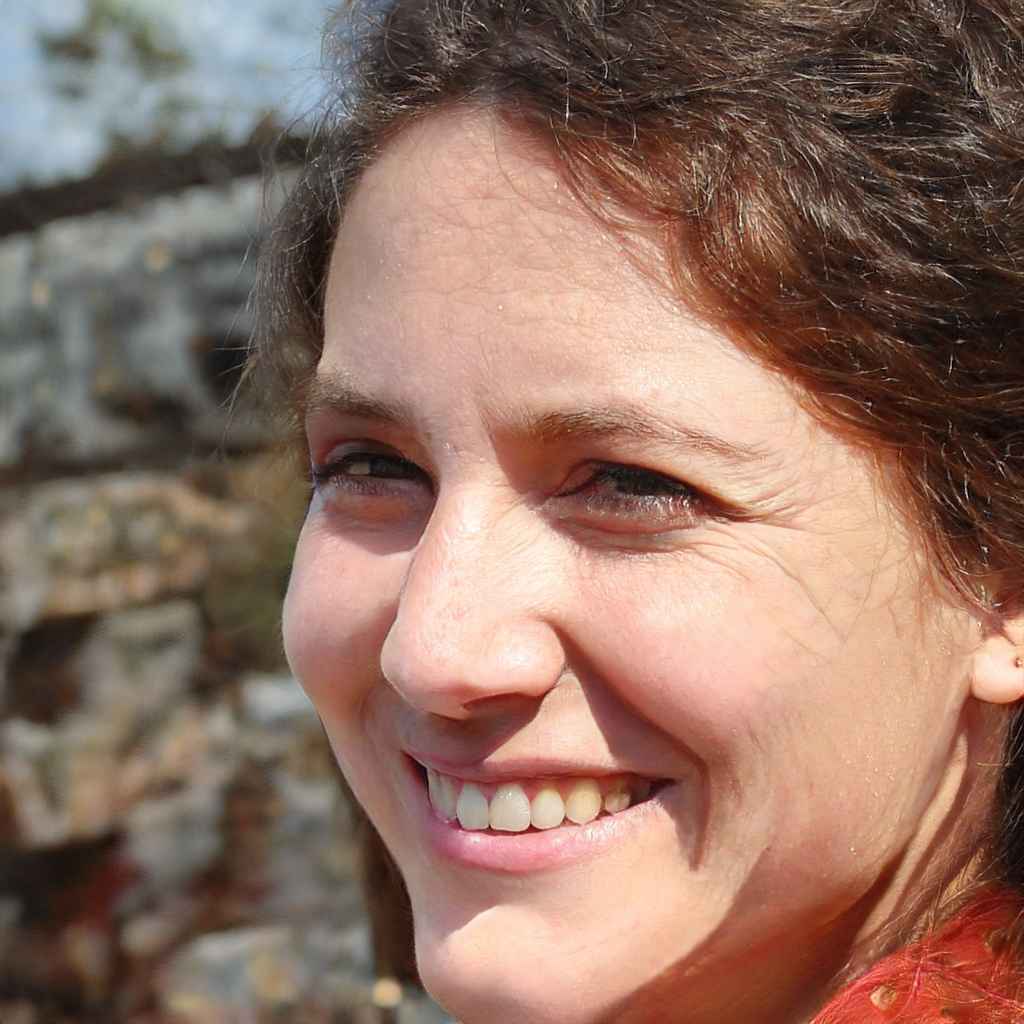
By Rachel Grey
I’m Rachel Grey, a Ph.D. psychologist specializing in psychedelic therapy with psilocybin and natural plant medicines. I obtained my doctorate from the University of Toronto, where I immersed myself in the study of these transformative therapies. With over 10 years of experience, let’s embark on transformative journeys of healing, growth, and self-discovery as we explore the power of psychedelic therapy together.

